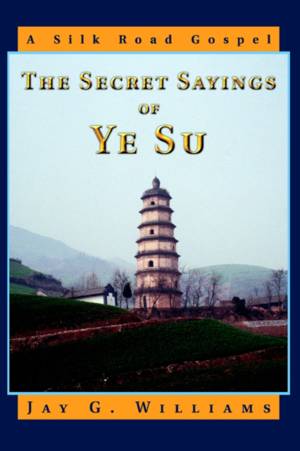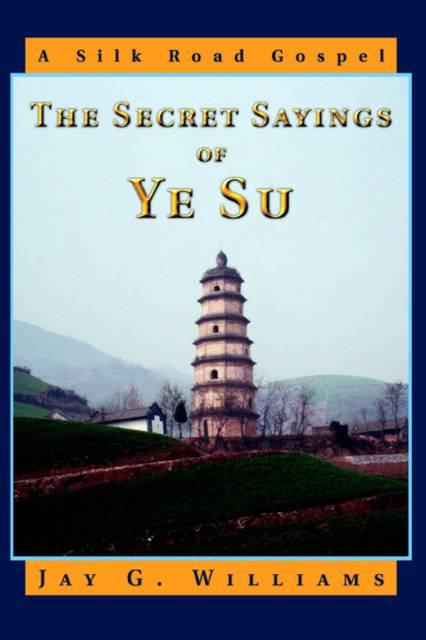
- Retrait gratuit dans votre magasin Club
- 7.000.000 titres dans notre catalogue
- Payer en toute sécurité
- Toujours un magasin près de chez vous
- Retrait gratuit dans votre magasin Club
- 7.000.000 titres dans notre catalogue
- Payer en toute sécurité
- Toujours un magasin près de chez vous
Description
The account of how the manuscript emerged in 1994 and how it came to be translated by Dr. Jay G. Williams is, in itself, quite fascinating. The author also describes the nature of the text and why he thinks it should be placed in the Tang dynasty period. He provides a concise introduction not only to the history of Buddhism and the indigenous religions of China during this period but also to the "Religion of Light," a form of Christianity that entered China in 638 A. D. The work ends with a line-by-line commentary on each of the seventy-two verses of this gospel.
Although undoubtedly ancient, the work seems amazingly contemporary in its ideas, offering a unique and quite radical vision of Ye Su (Jesus) and his teachings. Neither orthodox nor gnostic, The Secret Sayings comments about such topics as the place of women and gays within the community, the nature of the kingdom, and the source of Christian hope in the "Source." Although faith is emphasized, doctrines and dogmas are not. A place is found for both the Heavenly Father and the Earthly Mother but alone neither is regarded as "ultimate." The fellowship of believers is emphasized, but value of the Church as an institution is seriously questioned.
Spécifications
Parties prenantes
- Auteur(s) :
- Editeur:
Contenu
- Nombre de pages :
- 136
- Langue:
- Anglais
Caractéristiques
- EAN:
- 9780595336845
- Date de parution :
- 16-12-04
- Format:
- Livre broché
- Format numérique:
- Trade paperback (VS)
- Dimensions :
- 152 mm x 229 mm
- Poids :
- 208 g







